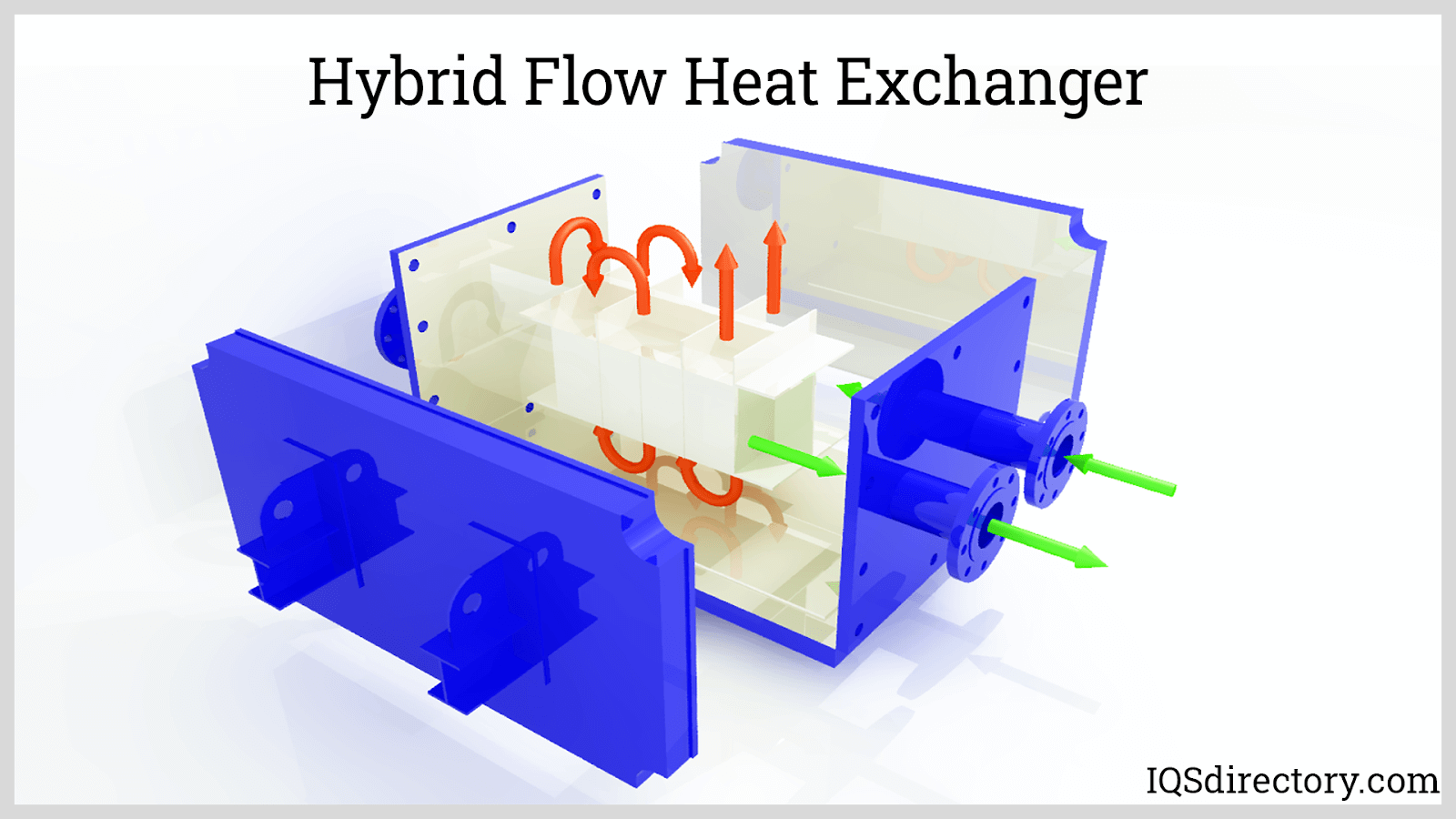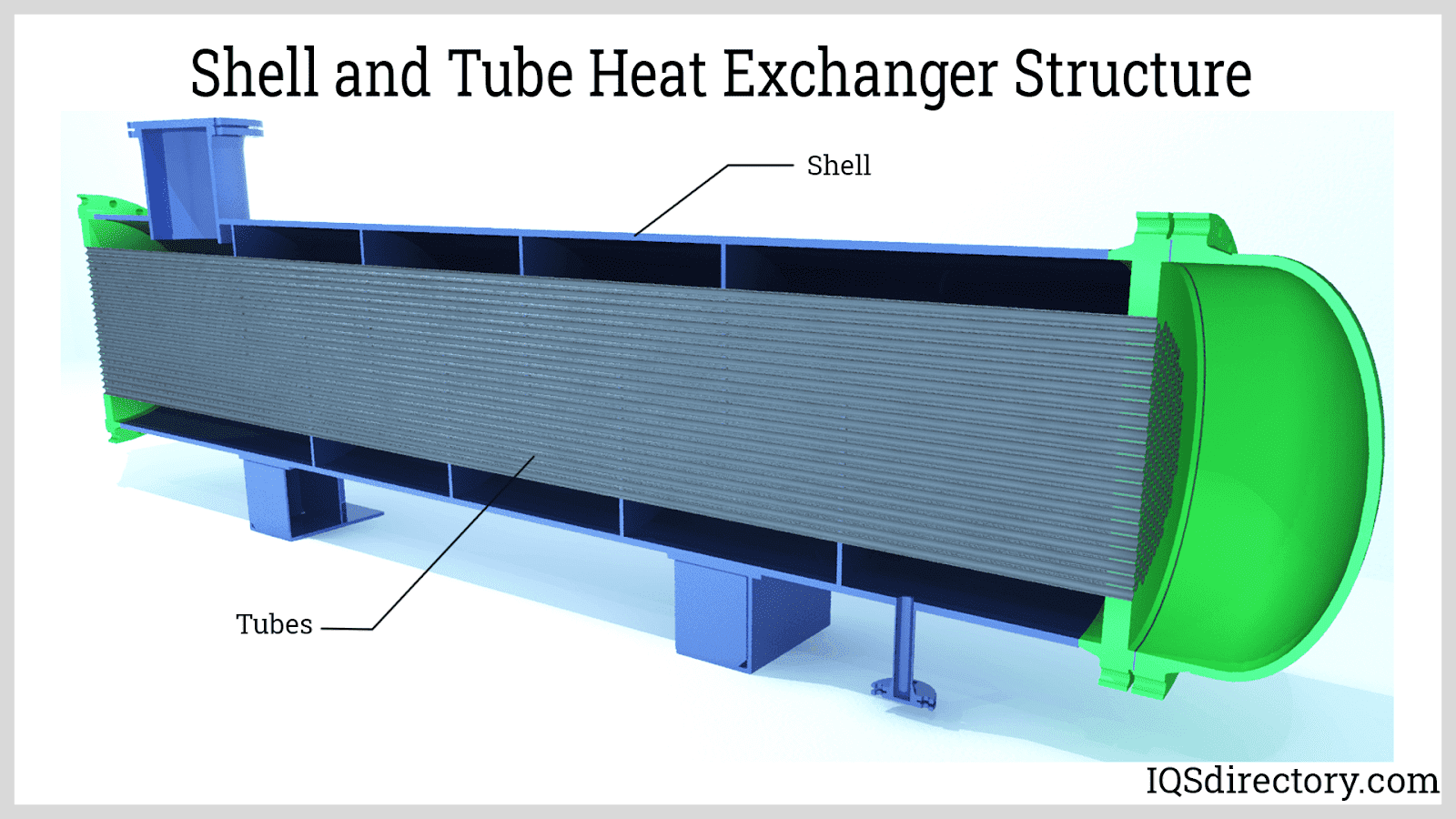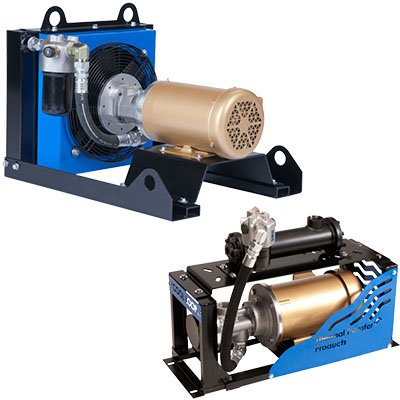Ten Major Thermal Innovations Driving DVS Heat Transfer Systems Forward
The Role of Heat Transfer Systems in Sustainable Power Solutions for the Future
Heat transfer systems are necessary in the mission for sustainable power remedies. They enhance thermal energy monitoring, enhancing the performance of eco-friendly modern technologies. By using systems like radiation, convection, and conduction, these systems lessen power losses. Their duty in solar thermal and geothermal applications is specifically substantial. As technologies arise, the possibility for further innovations raises vital questions regarding future power approaches. What growths will form the landscape of lasting power?
Recognizing Heat Transfer Equipments

The Significance of Thermal Energy Administration
Effective thermal energy administration is vital for optimizing power efficiency and minimizing waste in various systems. By regulating temperature and optimizing Heat transfer processes, organizations can considerably reduce energy intake and functional expenses. Efficient administration involves the implementation of innovative modern technologies and methods that keep track of and manage thermal problems within systems, ensuring that energy sources are made use of efficiently. Additionally, correct thermal energy management contributes to lowering greenhouse gas emissions, lining up with worldwide sustainability goals. It also improves system reliability and performance, leading to enhanced item top quality and longer tools life-span. Inevitably, prioritizing thermal energy administration is an essential action in the direction of developing more sustainable power options and promoting an accountable technique to energy usage in commercial and property contexts.
Applications of Heat Transfer in Renewable Resource
While different sustainable power resources guarantee sustainability, the efficient application of Heat transfer plays a crucial duty in their performance. In wind power systems, Heat transfer is made use of for turbine part air conditioning, improving performance and longevity. Geothermal power depends on efficient Heat exchange in between the planet's subsurface and the fluid circulating in the system, taking full advantage of energy extraction. Biomass power procedures also profit from Heat transfer, as it helps in transforming natural materials right into useful gas with pyrolysis and gasification. In addition, in hydropower, preserving optimal temperature levels in storage tanks can enhance energy result. Each of these applications demonstrates the vital significance of Heat transfer systems in improving renewable power innovations, ultimately adding to an extra lasting power future.
Enhancing Solar Thermal Power Efficiency
As solar thermal power systems remain to develop, boosting their effectiveness has come to be vital for optimizing energy outcome. Developments in Heat transfer technologies, such as improved thermal storage space materials and cutting-edge Heat exchangers, play a substantial role in improving efficiency. By using innovative materials that have premium thermal conductivity, systems can move and capture Heat better. Additionally, integrating radar that comply with the sunlight's course warranties that collectors obtain perfect solar direct exposure throughout the day. Making use of nanotechnology in solar absorbers can even more increase power absorption prices. Integrating automated control systems helps control temperature levels and handle energy circulation successfully, leading to lowered losses and boosted overall system efficiency. These enhancements lead the way for more sustainable solar thermal energy services in the future.
Geothermal Heating: A Lasting Option
Geothermal heating provides a practical option for sustainable energy, using considerable environmental benefits via minimized greenhouse gas exhausts. Its effectiveness and cost-effectiveness make it an appealing alternative to traditional furnace. Nevertheless, difficulties connected to application must be dealt with to optimize its possible influence.
Environmental Benefits of Geothermal
Although traditional heating techniques add substantially to greenhouse gas emissions, geothermal heating offers a compelling alternative that decreases environmental effect. By taking advantage of the Planet's inner Heat, geothermal systems utilize a renewable resource resource, considerably decreasing dependence on nonrenewable fuel sources. This approach produces marginal carbon exhausts, making it a cleaner option for business and domestic heating. Furthermore, geothermal systems advertise power performance, as they need less power compared to conventional furnace. DVS Heat Transfer Systems. The application of geothermal power likewise helps in reducing air contamination, boosting neighborhood air high quality and public wellness. As a sustainable remedy, geothermal heating supports climate change reduction initiatives, positioning itself as a necessary element in the shift in the direction of a greener future
Effectiveness and Cost-Effectiveness
Exactly how does geothermal heating measure up in terms of effectiveness and cost-effectiveness contrasted to traditional heating systems? Geothermal heating shows remarkable performance, often achieving a coefficient of performance (POLICE OFFICER) of 3 to 5, meaning it creates 3 to 5 systems of Heat for every single unit of power eaten. This performance translates right into reduced operating expense, especially in areas with secure geothermal resources. Initial setup costs can be higher than standard systems; however, long-lasting savings on energy expenses and reduced maintenance expenses can offset these in advance investments. In addition, many governments incentivize geothermal systems via discounts and tax obligation credits, improving their cost-effectiveness. Overall, geothermal heating arises as a financially sensible and lasting option to more traditional home heating solutions.
Application Difficulties and Solutions
Countless difficulties can hamper the widespread execution of geothermal heating unit, in spite of their clear benefits as a sustainable power remedy. High initial installment costs commonly prevent homeowners and investors, making financing a considerable barrier. Additionally, the geographical limitations of ideal geothermal sites limit access in specific areas. Local regulations and allowing processes can likewise complicate job growth, bring about hold-ups. Public awareness and understanding of geothermal systems continue click to read more to be reduced, impeding acceptance. To deal with these obstacles, targeted education projects can boost open secret, while government incentives might alleviate financial problems. Working together with neighborhood authorities to enhance regulations might facilitate smoother task approvals, inevitably advertising the adoption of geothermal home heating as a viable, sustainable power choice.
Innovations in Heat Transfer Technologies
Advancements in Heat transfer innovations play an important role in boosting energy performance and sustainability. Advanced Heat exchangers and stage adjustment products are at the forefront of these advancements, offering significant improvements in thermal management. These technologies not only maximize power use however likewise add to lowering ecological influence in various applications.
Advanced Heat Exchangers
Advanced Heat exchangers play a crucial duty in boosting energy performance across various applications in sustainable energy options. These tools assist in the transfer of Heat between two or even more liquids, substantially lowering power intake in processes such as commercial heating, cooling, and power generation. Advancements in products and style, such as the usage of nanofluids and portable arrangements, have resulted in boosted thermal performance and minimized dimension requirements. In addition, innovations in electronic monitoring and control systems permit optimized procedure, further increasing performance. By reducing waste Heat and taking full advantage of energy recovery, advanced Heat exchangers contribute to decrease carbon impacts and sustain the shift toward eco-friendly technologies. Their continued advancement is important for accomplishing worldwide power sustainability objectives.
Stage Adjustment Products
The integration of stage adjustment materials (PCMs) right into Heat transfer modern technologies stands for a significant development in energy management and performance. PCMs soak up and release thermal energy during their phase changes, making it possible for efficient temperature guideline in building materials and power systems. By saving excess Heat throughout peak periods and releasing it when need rises, PCMs add to fill shifting and power conservation - DVS Heat Transfer Systems. This ability enhances the performance of eco-friendly power systems, especially in solar thermal applications. Furthermore, PCMs can enhance the thermal convenience of indoor environments, minimizing reliance on traditional heating and cooling approaches. As advancements in PCM formulas proceed to emerge, their role in sustainable energy remedies is positioned to grow, offering encouraging avenues for future research and application

Future Leads for Heat Transfer in Sustainable Power
As the need for sustainable energy remedies proceeds to increase, the role of Heat transfer systems is coming to be look at this web-site significantly important fit future innovations. Innovations in materials and styles are expected to boost efficiency in Heat transfer, decreasing power losses in different applications. The combination of sophisticated thermal storage systems, such as phase change materials and thermochemical storage, will allow better administration of energy resources. Research right into nanofluids and biomimetic Heat exchangers may further optimize thermal efficiency. Additionally, the adoption of wise technologies will certainly permit for real-time monitoring and flexible control of Heat transfer procedures. These improvements are poised to considerably add to the general performance and sustainability of power systems, leading the means for an extra energy-efficient future.
Regularly Asked Inquiries
How Can People Implement Heat Transfer Solution at Home?

People can apply Heat transfer systems at home by setting up energy-efficient devices, making use of glowing heating, and enhancing insulation. These measures enhance power efficiency, lower expenses, and advertise sustainable techniques in residential atmospheres.

What Are the Expenses Connected With Mounting Heat Transfer Equipments?
The costs associated with mounting Heat transfer systems vary widely, normally incorporating equipment, installment labor, and maintenance. Elements such as system type, home dimension, and local laws considerably influence the general expense included.
Exist Federal Government Motivations for Heat Transfer System Installations?
Federal government incentives for Heat transfer system installations differ by region and can include tax gives, debts, and rebates. These financial benefits aim to motivate adoption, eventually advertising energy efficiency and decreasing environmental influence within neighborhoods.
Just How Do Heat Transfer Solutions Impact Energy Costs?
Heat transfer systems notably influence power bills by optimizing power efficiency. By boosting the transfer of Heat, these systems reduce energy intake, causing reduced energy expenses and creating an extra lasting method to power monitoring.
What Maintenance Is Required for Heat Transfer Equipments?
Maintenance for Heat transfer systems includes routine assessments, cleaning of components, examining fluid levels, making sure correct insulation, and changing worn parts. These jobs help keep performance, protect against break downs, and extend the system's operational life-span.
These systems facilitate the movement of thermal energy from one tool to one more, making it get redirected here possible for the transfer of Heat for cooling, home heating, or power generation functions. Geothermal power counts on reliable Heat exchange in between the earth's subsurface and the fluid circulating in the system, optimizing energy extraction. Furthermore, geothermal systems promote energy efficiency, as they need much less power contrasted to conventional home heating systems. Advanced Heat exchangers play an important function in improving power performance across different applications in sustainable energy services. Heat transfer systems significantly affect power costs by optimizing power performance.